Light Sensitive, Color-Changing
Explore the science of building polymers by cross-linking long chains of molecules
Veins are an important part of the human anatomy, but did you know that vampires need veins to transport all of their blood, too? It’s true. Vampire Veins are way different from human veins, though. You probably know that veins and arteries appear red or blue in humans. But, that’s not the case for vampires!
Vampire Veins are a creepy green color and, if you look closely, you’ll see that these eery veins have blood flowing through them! Well‚ not really. Instead, Vampire Veins contain a special dye that reacts to light in different ways. But the secrets don’t stop there… turn off the lights and switch on a black light. Great jumping Draculas! Vampire Veins are fluorescent, too! Try not to scream as you learn how to create Vampire Veins and discover the science behind them.
How does it work?
Vampire Veins String Slime works through the magic of polymers. Although String Slime starts as a liquid, through polymerization (the formation of polymers), the liquid becomes a solid and looks just like a string. Vampire Veins also feature a special dye that reacts to both regular and ultraviolet light in different ways.
What does it teach?
Young scientists will explore the science of building polymers by cross-linking long chains of molecules while also learning about the amazing dyes that are contained.




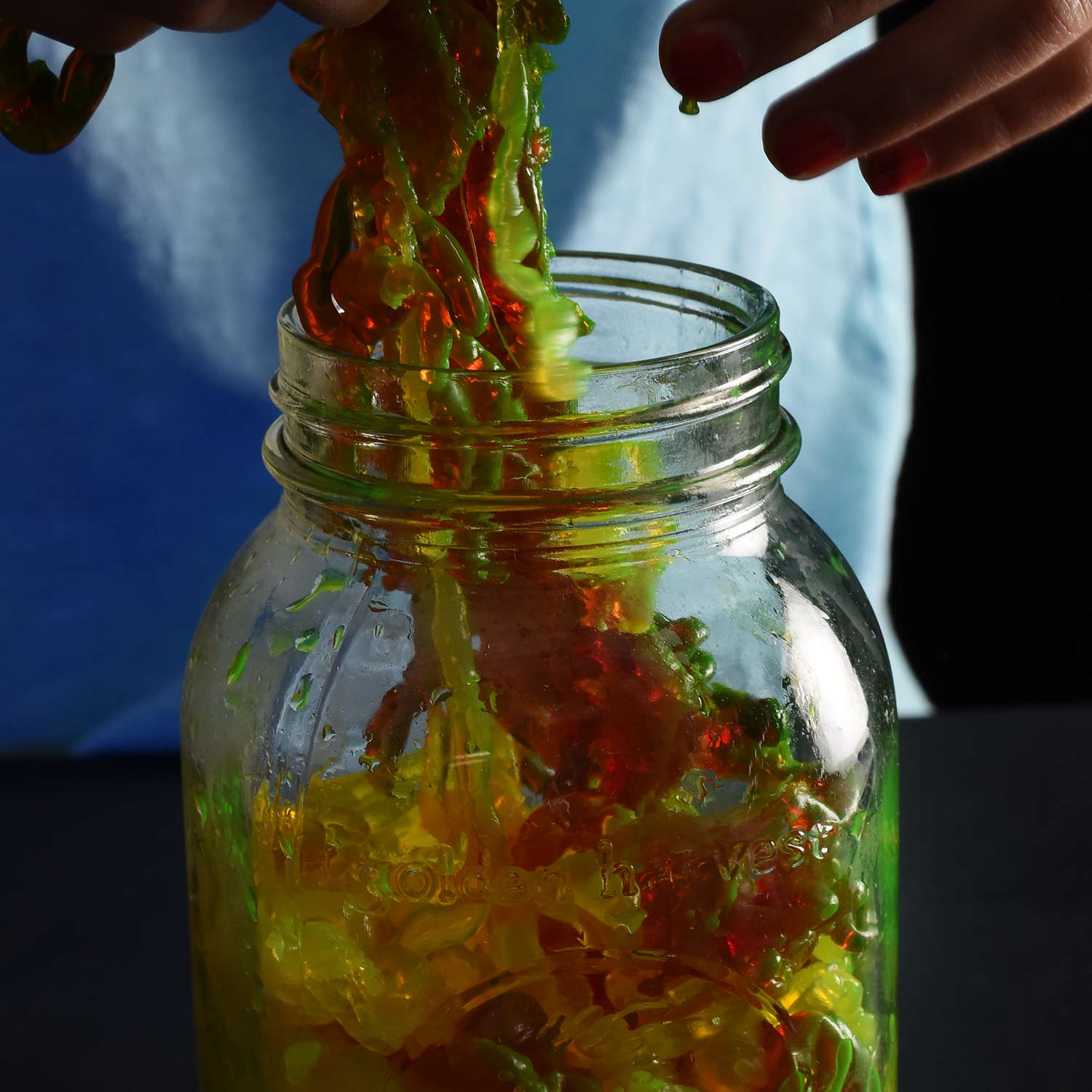


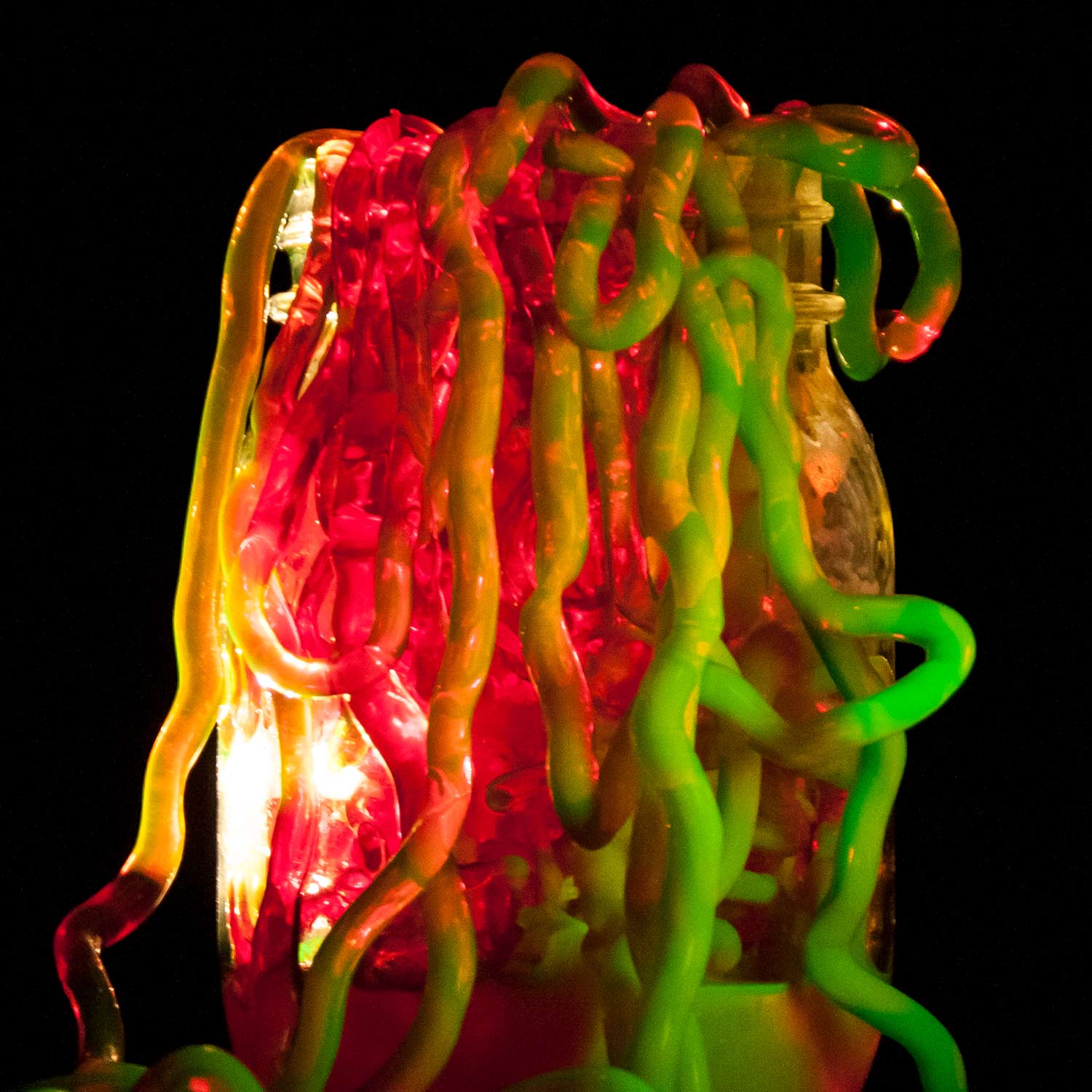

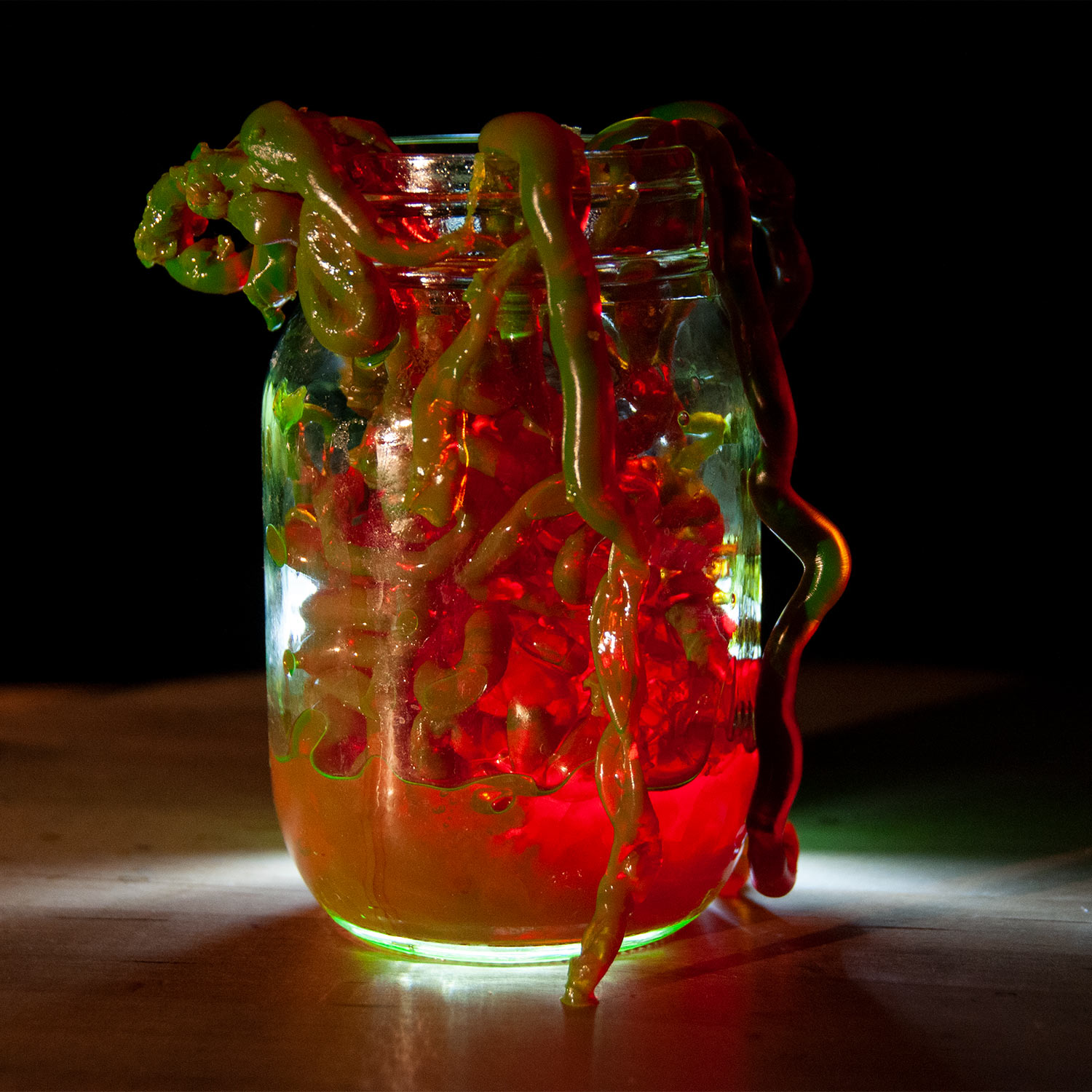









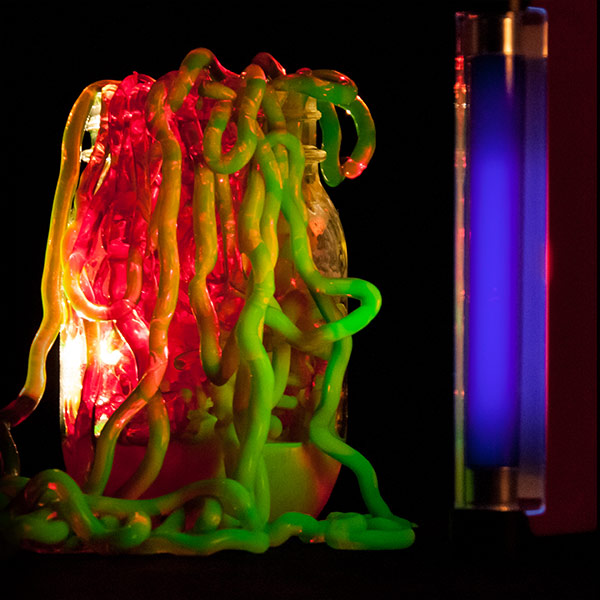
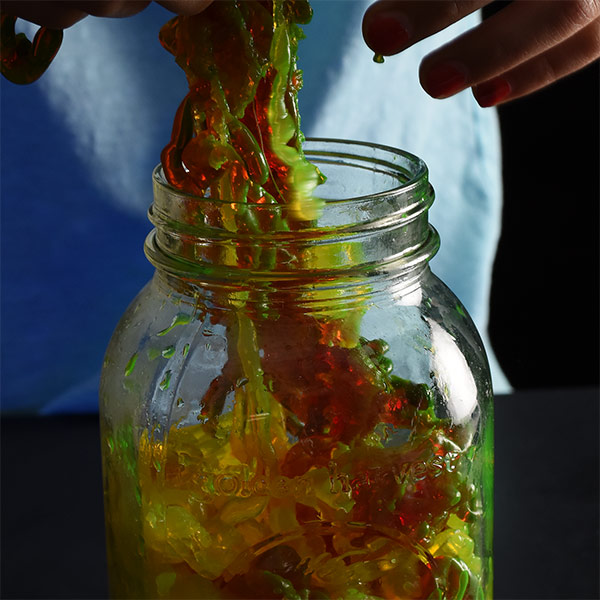





0 reviews with a 3-star rating
There are no reviews with a 3-star rating yet